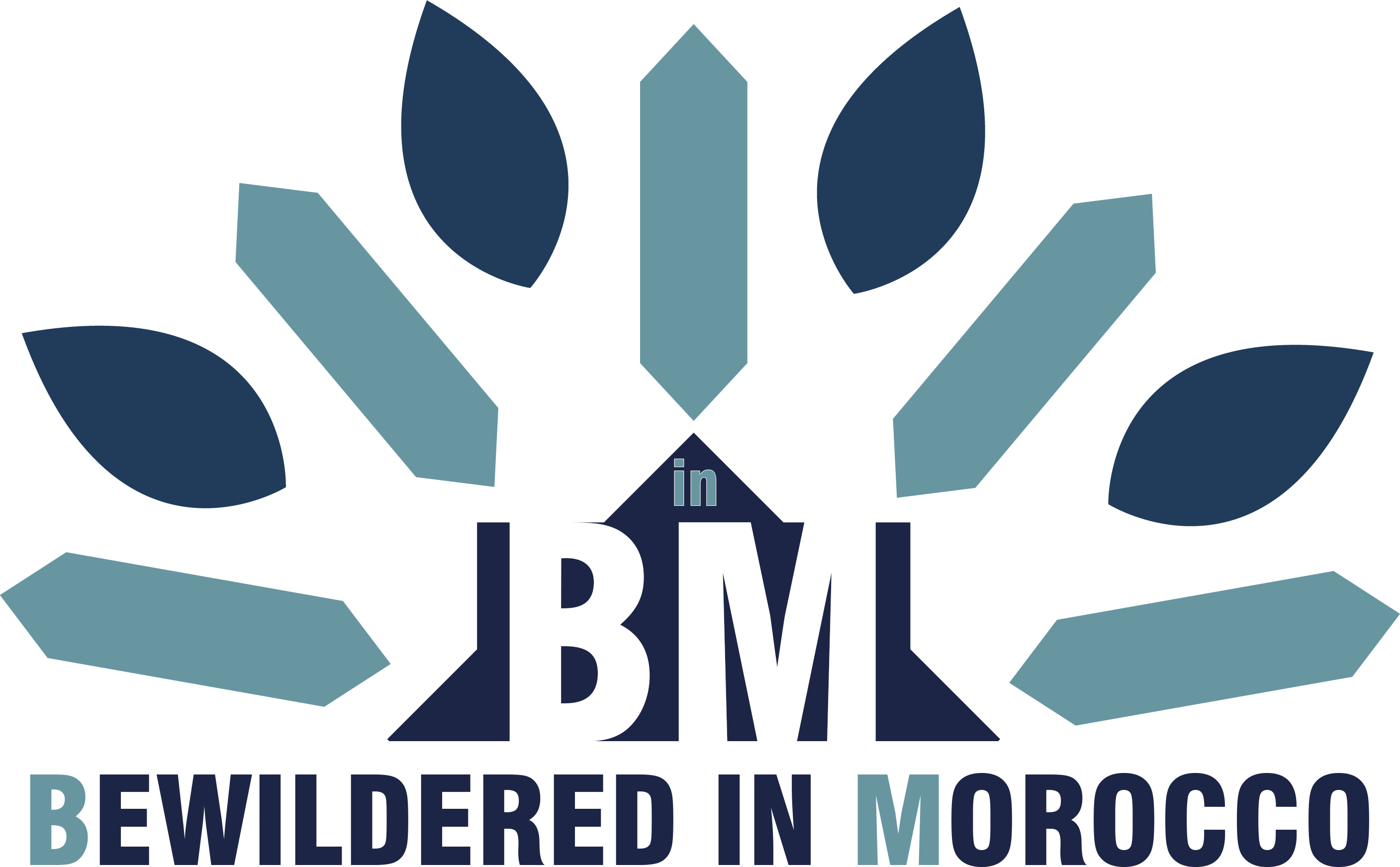Exploring Chellah (شالة) in Rabat offers visitors a unique glimpse into Morocco's rich historical tapestry, where ancient Roman ruins merge seamlessly with Islamic architecture. This UNESCO World Heritage site, dating back to the 6th century BC, stands as one of Morocco's most significant archaeological treasures.
A Rich History of Civilization
The story of Chellah begins with the Phoenicians, who established it as a crucial trading post near the Atlantic Ocean. This strategic location near the Bou Regreg River made it an ideal settlement for various civilizations throughout history. The site remained under Phoenician control until the 3rd century AD, when it transformed into a prosperous Roman port city.
The Roman period left an indelible mark on Chellah's landscape, with remnants of their architectural prowess still visible in the ruins today. The site showcases distinctive Roman arches and various structural elements that highlight the sophisticated urban planning of the era.
Islamic Golden Age and Marinid Dynasty
The most significant transformation of Chellah occurred during the Marinid Dynasty (1244-1465). The Marinids converted the site into a royal necropolis and constructed numerous Islamic monuments. They incorporated the existing Roman foundations while adding their own architectural elements, creating a unique blend of Roman and Islamic styles.
A standout feature from this period is the Great Mosque, with its beautifully decorated minaret adorned with Andalusian mosaics. The Marinids also developed expansive gardens and created a sacred atmosphere that continues to captivate visitors today.
Natural and Architectural Elements
Chellah's landscape features several notable elements:
- The Great Mosque and its minaret
- An ancient Islamic school (madrasa)
- Expansive gardens with towering trees
- The sacred pool
- Roman ruins integrated with Islamic architecture
- Traditional Islamic geometric patterns and decorations
The Devastating Lisbon Earthquake
In 1755, a catastrophic event changed Chellah forever. The massive Lisbon earthquake sent shockwaves that reached Morocco, causing significant damage to the site. The earthquake destroyed many key structures, including:
Restoration and Preservation
Following years of neglect and looting, Chellah underwent several restoration efforts:
- French colonial authorities conducted initial restoration work in 1930
- Archaeological excavations revealed buried sections of the city
- UNESCO led a comprehensive restoration project in 1960
- The site received UNESCO World Heritage status
Legends and Cultural Significance
Chellah holds a special place in Moroccan folklore and culture. The site's sacred pool, filled with eels, is particularly notable. Local legends suggest that the pool possesses mystical properties, and visitors often toss coins into the water while making wishes, particularly related to fertility.
Best Time to Visit Chellah Rabat
The site is accessible year-round, but visiting during spring or fall offers the most comfortable temperatures for exploring the extensive grounds. Morning visits provide the best lighting for photography and a more peaceful atmosphere.
Planning Your Visit to Chellah
Location: Situated on the outskirts of Rabat, near the Bou Regreg River Transportation: Easily accessible by taxi from central Rabat Duration: Plan for 2-3 hours to fully explore the site Essential items:
- Comfortable walking shoes
- Camera
- Water bottle
- Sun protection
Historical Significance in Modern Morocco
Today, Chellah stands as a testament to Morocco's rich multicultural heritage. The site exemplifies how different civilizations - Phoenician, Roman, Islamic, and Marinid - have contributed to Morocco's cultural landscape. Its preservation and UNESCO status highlight its importance in understanding North African history and architectural evolution.
Architectural Features
The site showcases various architectural styles:
- Phoenician trading post remains
- Roman urban planning elements
- Islamic decorative features
- Marinid royal necropolis design
- Traditional Moroccan architectural elements
Whether you're a history enthusiast, architecture lover, or casual tourist, Chellah offers a unique glimpse into Morocco's past. Its blend of Roman and Islamic architecture, combined with its historical significance and mystical atmosphere, makes it an essential stop for any visitor to Rabat.
